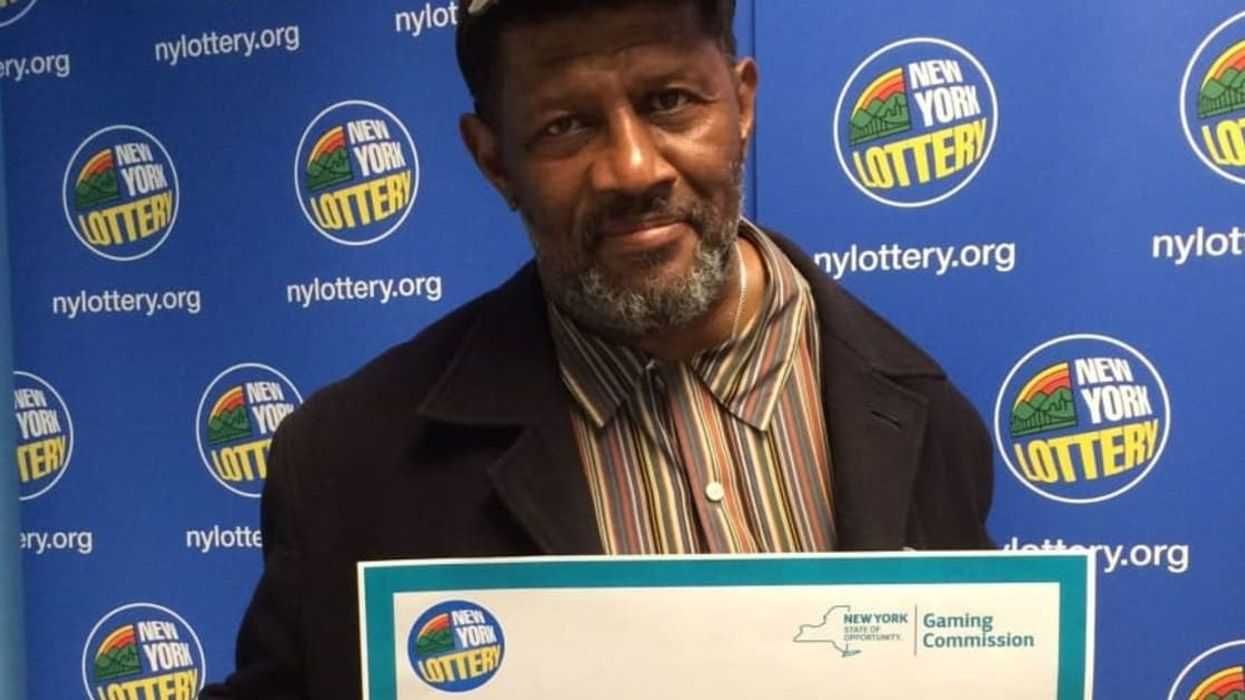As part of The Narrative Renewal Project, Insight Labs recently convened a group of education experts to discuss how communities like East Chicago, Indiana can refresh their collective story. In the classic board game "Life," players are asked to start out by choosing between work and college. This Lab showed us we need to think about a third path.
In our visits to East Chicago, we discovered that the people with the most optimism about the future of the community were juniors and seniors in high school. Older folks might love their town, but even the best of them tend to say, "Let's make this community the way it used to be." As a group, teenagers have a better read on the situation. They say, "Let's make this community whatever we want it to be."
But that discovery led to a more sobering corollary—in East Chicago and thousands of cities like it, that hopeful energy is being squandered as soon as students cross the stage at graduation.
Consider the typical mix of students who graduate from high schools in economically depressed communities. Because of their age, nearly all of these students can still imagine many different possibilities for who they will be and how they will live their lives.
For the small percentage of students who leave home and go to four-year colleges, this process of self-actualization continues, as it should. But the majority of students enter low-wage jobs (or if that fails, the welfare system) leading to a sudden collapse in their imaginative possibilities.
This Lab proposed that we create a third path that directly connects young people's optimism and imagination with the community's needs. This path could take many forms. Here's one version:
After high school, a group of about 20 high school graduates would leave home, living for one year in a dormitory-style building. Using community-organizing techniques, a trained staff would help the young people answer the question, "How would we make this town different if we were in charge?" The students would then spend the rest of the year designing and implementing a major initiative to make that change happen. The students would also operate a business or other venture that contributes to the program’s sustainability.
The first cohort to take this path would be the most motivated and responsible students who—for whatever reason—are not headed to college. When they leave this program, these students would still enter a world with a real lack of opportunity and no lack of danger. But that world would also include visible signs of hope that those students had themselves created. Those signs could inspire them to launch further community projects or start new businesses rather than malinger in dead-end jobs. Of course, some students would likely choose to use their new skills to head to college, but they would do so with a sense that East Chicago was the place that inspired them, not the place they escaped.
With each year's cohort creating its own community initiative in the city, it's not hard to imagine the ripple effects this program might have for adults in East Chicago. But an even more exciting possibility is the way it could re-align the aspirations of children in high school and middle school. Many students who fall behind become even more discouraged because they do not see a path from their present state to a brighter future. This program would provide an ever-changing cast of role models who had made something of themselves even if they weren’t academic all-stars. Eventually, we anticipate that many students with a good chance of making it into a university would defer for a year to participate.
And that wouldn't be a bad thing for East Chicago or for any community. When young people turn 18 in this country, they're told to head to college and build a life for themselves. But many of them would be well-served by an option that lets them first spend some time building something in their own communities. This new kind of institution could benefit many—and it could get its start not in the nation’s showcase school districts, but in East Chicago, Indiana.
A version of this post originally appeared at The Narrative Renewal Project
Photo via Wikimedia Commons
















 Otis knew before they did.
Otis knew before they did.